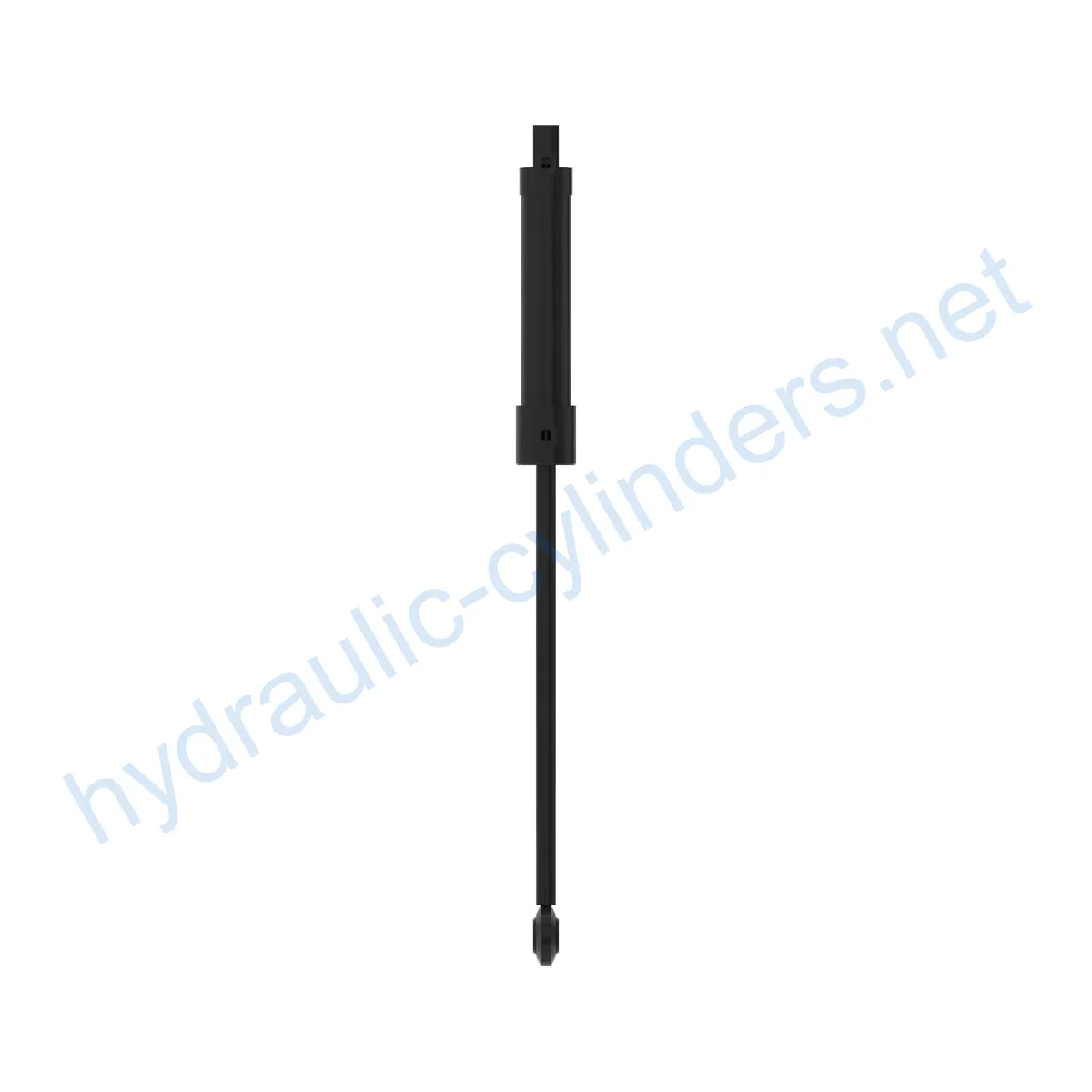Replacement Of TCA17806 Hydraulic Cylinder
Являясь одним из производителей, поставщиков и экспортеров механической продукции, мы предлагаем гидравлические цилиндры и многие другие изделия.
Пожалуйста, свяжитесь с нами для получения подробной информации.
Почта:sales@hydraulic-cylinders.net
Производитель поставщик экспортер гидроцилиндров.
Introduction
The Replacement Of TCA17806 Hydraulic Cylinder is a crucial component in various machinery, offering reliable hydraulic power for efficient operation. This article aims to provide an in-depth understanding of the product by discussing its specifications, model compatibility, features, applications, maintenance tasks, safety considerations, troubleshooting, design considerations, sealing and lubrication, installation guide, and company overview.
Specifications and Model
The Replacement Of TCA17806 Hydraulic Cylinder weighs 9.84 lb and has dimensions of Height 2.5 in, Width 2.75 in, and Length 31.25 in. It is compatible with the 7400 and 7400A models.
Характеристики
- Improved Equipment Performance: Replacing damaged or worn hydraulic cylinders restores the normal operation capability of equipment, ensuring optimal performance in various applications.
- Enhanced Safety: Regularly replacing hydraulic cylinders reduces safety hazards caused by cylinder failures, ensuring the safety of operators and equipment.
- Overload Protection: New cylinder designs often incorporate better overload protection mechanisms, enhancing overall safety.
- Quick Installation: Modern hydraulic cylinders are designed for easy installation and replacement, minimizing downtime.
- Standardized Components: Many hydraulic cylinders are standardized products, making it easier to obtain replacement parts in the market.
Applications
- Excavators: Hydraulic cylinders in excavator booms or buckets may get damaged due to prolonged use or overload, requiring replacement for normal operation.
- Cranes: Hydraulic cylinders in crane jibs are prone to wear during frequent lifting and lowering processes, necessitating regular replacement for safety.
- Tractors: Hydraulic cylinders in front-end loaders of tractors may develop leaks or performance degradation during continuous lifting and tilting operations, demanding replacement.
- Harvesters: The hydraulic system in harvesters undergoes high pressure during the harvesting process, and cylinders may suffer fatigue damage, necessitating timely replacement to maintain efficiency.
- Automated Production Lines: Hydraulic cylinders are used to control robotic arms and other automated equipment. Cylinder failures can significantly impact production efficiency, requiring immediate replacement.
- Die Casting Machines: In high-pressure and high-temperature environments, hydraulic cylinders in die casting machines may experience performance degradation. Regular replacement ensures product quality.
- Mining Equipment: Hydraulic cylinders are used for lifting and moving heavy loads in mining equipment. Due to harsh working conditions, regular inspections and replacements are necessary to avoid equipment failures.
- Bulldozers: Wear on hydraulic cylinders in bulldozer blades can result in reduced pushing capacity. Timely replacement is essential to maintain operational efficiency.
Техническое обслуживание
- Regular Inspection: Periodically inspecting the hydraulic cylinder for wear, leaks, and damage ensures early detection of potential issues.
- Proper Lubrication: Adequate lubrication of the cylinder’s moving parts extends its lifespan and enhances performance. Regularly adding the recommended hydraulic oil for lubrication is crucial.
- Seal Replacement: Timely replacement of piston seals, rod seals, and other seals prevents leaks and maintains cylinder integrity.
- Calibration Check: Checking and adjusting the cylinder’s calibration ensures accurate operation and prevents malfunctions.
Safety Considerations
When working with hydraulic cylinders, following safety measures is crucial to prevent accidents. Proper training, using appropriate personal protective equipment, and strictly adhering to manufacturer guidelines are essential for safe operation.
Troubleshooting and Common Issues
The following are common troubleshooting steps and issues related to hydraulic cylinders:
- Issue 1: Cylinder doesn’t extend or retract fully
Solution: Check for low hydraulic fluid levels, inspect for leaks, and ensure proper lubrication. - Issue 2: Cylinder drifts or moves slowly
Solution: Check for internal leaks, inspect the hydraulic pump, and ensure proper lubrication. - Issue 3: Cylinder makes abnormal noises
Solution: Inspect for loose or damaged components, check for contaminated hydraulic fluid, and ensure proper alignment.
Preventive Measures
To minimize potential issues, consider the following preventive measures:
- Regular inspections: Periodically inspect the cylinder for any signs of wear, leaks, or damage.
- Proper maintenance: Follow the recommended maintenance tasks, including lubrication and seal replacements, to extend the cylinder’s lifespan.
- Correct installation: Ensure proper alignment during installation, provide guidance on aligning the cylinder correctly, and recommend using suitable installation supports for cylinder stability.
- Rebuild services: Offer replacement parts and rebuilding services to extend the lifespan of the hydraulic cylinder.

Design Considerations and Selection Criteria
When considering the design of hydraulic cylinders, several factors should be taken into account:
- Load-bearing capacity
- Sealing effectiveness
- Durability
- Safety features
- Maintainability
Sealing and Lubrication
To ensure effective sealing and lubrication, the following measures are recommended:
- Use various sealing components such as piston seals and rod seals made of wear-resistant materials like polyurethane or nitrile rubber.
- Fine-tune the surface of the cylinder body and threaded ends to improve wear resistance.
- Regularly add the appropriate amount of hydraulic oil for lubrication.
Regular Inspection and Preventive Maintenance
- Correct installation, lubrication, and adjustment are essential for proper cylinder performance and longevity.
- Providing proper alignment guidance during installation and recommending suitable installation supports for cylinder stability.
- Recommend regular inspection, repair, and replacement procedures.
- Offer replacement parts and rebuilding services to enhance the lifespan of the hydraulic cylinder.
- Provide tips and techniques to improve the longevity of the product through proper usage of keywords.
Safety Considerations and Environmental Factors
When using hydraulic cylinders, it is vital to consider safety measures and environmental factors. Adhering to safety guidelines during operation is essential to prevent accidents and ensure a safe working environment.
Troubleshooting and Common Issues
Common troubleshooting and issues related to hydraulic cylinders include:
- Issue 1: Cylinder doesn’t extend or retract fully
- Issue 2: Cylinder drifts or moves slowly
- Issue 3: Cylinder makes abnormal noises
Solution: Check hydraulic fluid levels, inspect for leaks, and ensure proper lubrication.
Solution: Check for internal leaks, inspect the hydraulic pump, and ensure proper lubrication.
Take a Tour of Our VR Factory:
Take a tour of our VR factory with the following
How Does Forklift Hydraulic Cylinder Work?
Hydraulic Cylinder Application:


